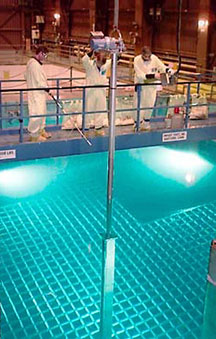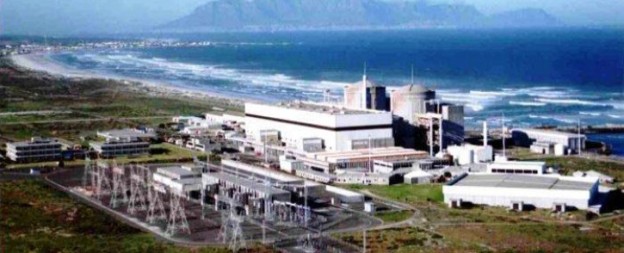By late March 2011… after tsunami struck the Fukushima Daiichi plant—it was far from obvious that the accident was under control and the worst was over. Chief Cabinet Secretary Yukio Edano feared that radioactive material releases from the Fukushima Daiichi plant and its sister plant (Fukushima Daini) located some 12 km south could threaten the entire population of eastern Japan: “That was the devil’s scenario that was on my mind. Common sense dictated that, if that came to pass, then it was the end of Tokyo.”
Prime Minister Naoto Kan asked Dr. Shunsuke Kondo, then-chairman of the Japanese Atomic Energy Commission, to prepare a report on worst-case scenarios from the accidenta . Dr. Kondo led a 3-day study involving other Japanese experts and submitted his report (Kondo, 2011) to the prime minister on March 25, 2011. The existence of the report was initially kept secret because of the frightening nature of the scenarios it described. An article in the Japan Times quoted a senior government official as saying, “The content [of the report] was so shocking that we decided to treat it as if it didn’t exist.” …
One of the scenarios involved a self-sustaining zirconium cladding fire in the Unit 4 spent fuel pool. Radioactive material releases from the fire were estimated to cause extensive contamination of a 50- to 70-km region around the Fukushima Daiichi plant with hotspots significant enough to require evacuations up to 110 km from the plant. Voluntary evacuations were envisioned out to 200 km because of elevated dose levels. If release from other spent fuel pools occurred, then contamination could extend as far as Tokyo,…There was particular concern that the zirconium cladding fire could produce enough heat to melt the stored fuel, allowing it to flow to the bottom of the pool, melt through the pool liner and concrete bottom, and flow into the reactor building.
Lessons Learned from the Fukushima Daiichi Accident for Spent Fuel Storage: The U.S. nuclear industry and its regulator should give additional attention to improving the ability of plant operators to measure real-time conditions in spent fuel pools and maintain adequate cooling of stored spent fuel during severe accidents and terrorist attacks. These improvements should include hardened and redundant physical surveillance systems (e.g., cameras), radiation monitors, pool temperature monitors, pool water-level monitors, and means to deliver pool makeup water or sprays even when physical access to the pools is limited by facility damage or high radiation levels….
[At nuclear power plants there must be…adequate separation of plant safety and security systems so that security systems can continue to function independently if safety systems are damaged. In particular, security systems need to have independent, redundant, and protected power sources…]
Excerpts from Lessons Learned from the Fukushima Accident for Improving
Safety and Security of U.S. Nuclear Plants: Phase 2, US National Academies, 2016



